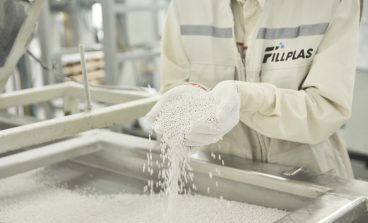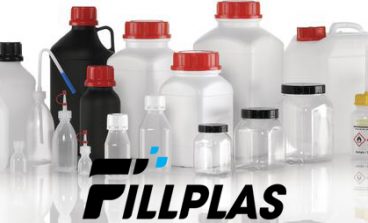
Plastics help us to do more with less in many ways. When it comes to packaging, plastics often enable manufacturers to ship more product with less packaging material. This process of light-weighting can play an important role in boosting the environmental and economic efficiency of consumer product packaging. We can find it in the following examples.
Plastics for reduce
- Delivering more beverages with less packaging. Just two pounds of plastics can deliver 1000 ounces—roughly eight gallons—of a beverage. Three pounds of aluminum, eight pounds of steel or 27 pounds of glass would be needed to deliver the same amount.
- Making food packaging more efficient. Plastic jars can use up to approximately 90 percent less material by weight than their glass counterparts. Plastic containers also can use about 38 percent less material than similarly-sized steel cans. And extremely lightweight, flexible packaging made from plastic or plastic-and-foil composites can use up to 80 percent less material than traditional bag-in-box packages.
- Continuously improving through innovation. Plastics are re-engineered to become lighter and more efficient all the time. Today’s two-liter plastic beverage bottle and one-gallon milk jug weigh approximately 33 percent less than they did in the 1970s.
- Eliminating excess packaging. By replacing the classic fiberboard container, plastic loop carriers can reduce waste by 1.88 ounces per twelve-pack of beverage—or 722 pounds per truckload. And marketers of snack foods, cosmetics, and single-serve meals are using colorful shrink film labels to add shelf-appeal right on their containers. It also eliminates the need for economically and environmentally costly outer boxes.
- Reducing transportation energy. Lighter packaging can mean lighter loads or fewer trucks and railcars are needed to ship the same amount of product. That helps to reduce transportation energy, decrease emissions and lower shipping costs.
- Trimming waste. Weight-reduced packaging also helps to reduce the amount of waste generated or the amount of material that needs to be recycled after a package is used.
Plastics for reuse
- Plastic’s durability makes it a preferred material for reusable items such as storage bins, sealable food containers, and refillable sports bottles. In industrial shipping, plastic pallets are impervious to moisture and most chemicals, so they can be used over and over. For commercial produce shipments, plastics produce crates that are durable, easy-to-clean, and cost-effective. In addition to conserving raw materials, choosing reusable items, where appropriate, helps to offset trash disposal costs and reduce the amount of waste sent to landfills.
Plastics for recycling
- Since the early days of plastics recycling in the 1970s, the nation’s recycling infrastructure has grown significantly. In fact, the pounds of post-consumer plastic packaging collected and recycled has grown every year since 1990. Today, over 80 percent of U.S. households have access to plastic recycling programs. And in 2011, more than 2.6 billion pounds of plastic bottles were collected for recycling.
- Although bottles remain one of the most readily recycled plastics, a growing number of communities are collecting and recycling other rigid plastic containers, such as tubs, trays, and lids. And many national grocery and retail chains now invite consumers to return used plastic bags for recycling.
- Through these programs, plastics are collected, processed for recycling and used to create second-generation products ranging from fleece jackets and detergent containers to carpeting and composite lumber for outdoor decking.
Fillplas has filler masterbatch products made of plastics material. Please kindly visit our website to have more information.



